How should aspiring leaders discover who they really are? How can they develop themselves, and also empower others while leading in times of uncertainty and crisis?
Answers to these questions are well explained in the compelling book, True North: Leading Authentically in Today’s Workplace (Emerging Leader Edition), by renowned leadership expert Bill George and millennial tech entrepreneur Zach Clayton. The authors profile corporate leaders as well as startup founders.
Truly effective leaders discover their True North (who they really are)—and then find their North Star (their leadership purpose). This journey of self-reflection and growth calls for passion, compassion, and moral courage, the authors explain.
Harvard professor Bill George is the former CEO of Medtronic, and author of bestsellers Discover Your True North and Authentic Leadership. He was earlier at Honeywell, Litton Industries, and US Department of Defense.
Zach Clayton is the founder and CEO of the startup Three Ships, which owns a collection of digital marketplace businesses. He graduated from the University of North Carolina–Chapel Hill and Harvard Business School.
See also my reviews of the related books Trillion Dollar Coach, Ikigai, Think Again, Multipliers, The Creative Curve, and Intrinsic.
“The world faces a leadership crisis,” cautions US political commentator David Gergen, in the foreword. Authoritarianism, polarisation, inequalities, and volatility are on the rise, and waves of the pandemic expose social cleavages.
Climate change, wars, and corporate scandals are other woes. Current and emerging leaders need to step up to the challenge by discovering their True North and following their North Star to make the world a better place, the authors begin.
The authors interviewed 50 leaders for this book, with a special focus on emerging leaders. It builds on the earlier versions of the book, which included interviews with 172 other leaders. The book is packed with case studies, frameworks, and inspiring quotes.
The 12 chapters are divided into four main sections, and are written in an engaging storytelling style backed with seven pages of references. Here are my key takeaways from this 300-page book, summarised as well in the table below.
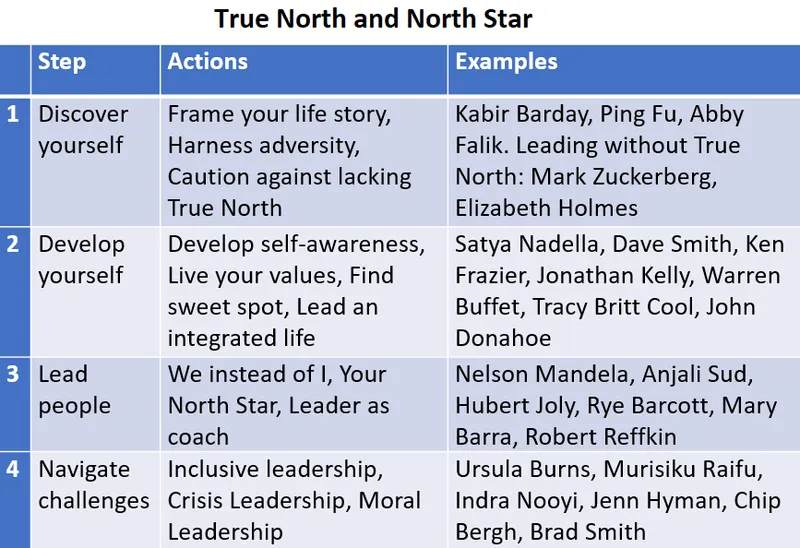
Foundations
True North guides actions and defines authenticity–it is derived from one’s deep beliefs, values and principles. “Your North Star is the purpose that you pursue to make this world better for everyone,” the authors define.
Authentic leaders are not perfect–they are aware of their shortcomings, weaknesses, and mistakes. But this acknowledgement drives their authenticity, vulnerability, and humanity.
“Authentic leaders are characterised by truth-telling, transparency, and trust,” Bill and Zach emphasise. Social media has democratised information flows, and openness matters more than perfection.
“The hierarchical, directive leadership style so prevalent in the last century has been replaced by empowerment, collaboration and authenticity,” the authors affirm.
GE’s Jack Welch and Enron’s Jeff Skilling have been superseded by Microsoft’s Satya Nadella. The proper focus is on self-awareness, emotional intelligence, and servant leadership.
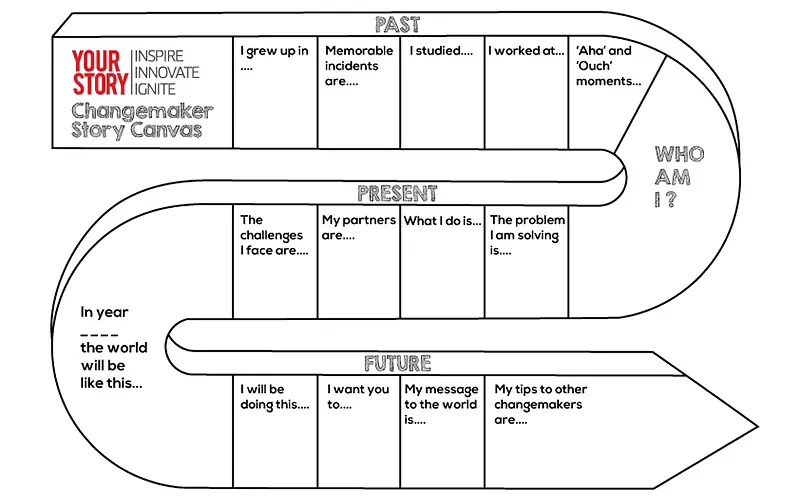
I. Discover yourself
The authors chart the growth of leadership in three phases: preparation (reading, experience), peak (learning from adversity), and generativity (mentorship, teaching, service).
“By processing our stories, we find meaning in the setbacks and craft narratives about our story that shape our leadership,” the authors advise.
Adversities (or crucibles) can cause despair and doubt, but also catalyse breakthroughs and shape leadership. Not resolving this grief, anger or shame can shut down some feelings, which can be overcome only through reflection and courage.
Pain can be a catalyst for renewal, and a wound can be transformed into a pearl, according to Andes plane crash survivor Pedro Algorta. “Sometimes in life, when one door closes, another one opens,” the authors explain.
For example, Kabir Barday–born in the US to Indian immigrant parents–founded enterprise software platform OneTrust. Hectic travel led to lymph node inflammation, and he now places emphasis on meditation and family time. A balanced, grounded, and integrated life is key.
Zach Clayton, founder of digital media startup Three Ships, learnt about his impatient and abrasive leadership style during a workshop. Through adversity and a difficult pivot, he learnt to name and accept his weaknesses, and ask for inputs during tough times. “I became more comfortable that I am a work in progress,” he describes.
Growing up viewing his father’s financial hardships, Howard Schultz went on to include health coverage for Starbucks employees. Sally Jewell applied her environmental commitment across her roles in the business, social and government sectors.

Footballer Alan page faced racial discrimination while growing up. His educational foundation now provides scholarships for minorities, and he lobbies for educational rights as well.
Oprah Winfrey overcame her childhood trauma and poverty to found a media empire; her mission is also to embolden others and empower young women around the world. Ping Fu overcame childhood trauma and went on to found 3D printing company Geomagic.
Dan Vasella suffered from illnesses and loneliness as a child, but was inspired by a compassionate physician and took up a career in pharmaceuticals. He built a culture of compassion in Novartis as its CEO.
Realising the fragilities of life in the face of cancer and substance abuse led Daron Babcock to found Bonton Farms, a farmers’ market. “My wound is an engine inside me that propels me to this day,” he recalls.
Valerie Keller spent 25 years in a rigid religious cult, before breaking free and devoting herself to volunteering for the homeless and launching purpose-driven corporate transformation. She also founded sustainability organisation IMAGINE.
Exposure to poverty and illiteracy during visits to South Africa and Nicaragua led Abby Falik to become a social innovator and launch Global Citizen Year for student leadership.
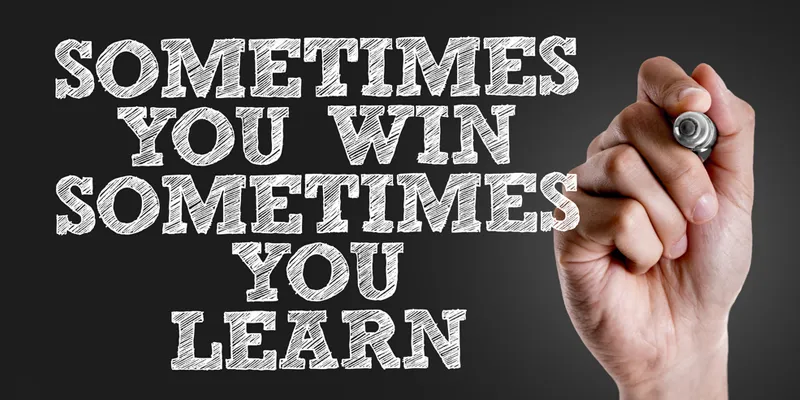
The authors advise aspiring leaders to reflect on the highs and lows of their lives, reframe failures as learning experiences, reflect on the calling that adversity presents, and avoid ethical drift.
The authors also caution that many leaders, unfortunately, have chased money, fame, and power without a True North foundation. An outstanding chapter describes leaders who have lost their way without a moral compass.
The authors describe five archetypes of derailed leaders: imposters, rationalisers, glory seekers, loners, and shooting stars. They self-deceive, lack grounding, or keep moving instead of building a solid foundation.
Examples include Adam Neumann (self-dealing at WeWork), Rajat Gupta (“unquenchable thirst for more”), Dick Fuld (loner CEO of Lehman Brothers), Travis Kalanick (abrasive culture at Uber), and Elizabeth Holmes (fraudulent practices at Theranos).
Mark Zuckerberg’s actions contradict the noble goals of Facebook, the authors observe. “Today, Mark continues his deceptive and unethical behaviour–now with global consequences,” they describe, pointing to the Cambridge Analytica scandal as an example.
Media reports have exposed the company’s priority of growth over safety, and platform stickiness over divisive behaviours. “He has ignored the dangerous realities of the social infrastructure he created, feigning optimism and naivety to the darker side of the platform and explaining away issues to factors outside his control,” the authors explain.
“Although it’s relatively easier to rebound from a business failure, it’s considerably harder to recover from a significant character failure,” the authors caution.

II. Develop yourself
“Self-awareness is the foundation of authenticity,” the authors emphasise. It leads to self-compassion and actualisation.
“Peeling back the onion” of the self-reveals layers of vulnerabilities, life stories, needs, blind spots, and even body language and attire. Meditation and honest feedback from others help here, along with sharing of one’s vulnerabilities with others.
In 2014, Steve Nadella began transforming Microsoft’s dysfunctional culture of arrogance and hubris. He revamped its strategy as well, in cloud, social media, and gaming. He based the company’s culture on self-awareness, mindfulness, empowerment, and openness.
Satya had experienced grief earlier when his son had cerebral palsy and passed away, leading him to focus on compassion and equanimity in the face of suffering and impermanence.
Davis Smith grew up around poverty in the Dominican Republic. He went on to instil a spirit of volunteerism and humanitarian grants in his adventure gear company Cotopaxi.
Other examples include Randy Komisar (overcoming childhood insecurity about money), Angela Ahrendts (sticking to her passionate style of communication), Arianna Huffington (moving beyond money to wisdom and giving), and Dave Pottruck (overcoming blind spots of aggression).
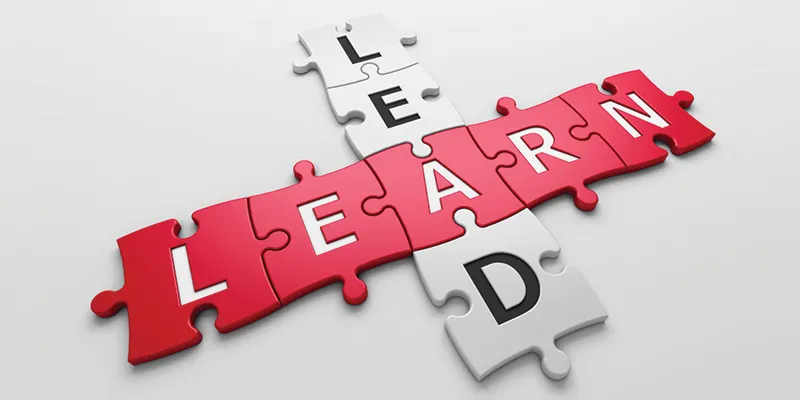
Beliefs and convictions give rise to values that drive behaviour. “Staying true to your values requires moral courage–the courage to act for moral reasons despite the risk of adverse consequences,” the authors affirm.
African American Ken Frazier, who became CEO of Merck, focused on breakthrough drugs for cancer and diabetes. He also protested against Donald Trump’s expressions of hatred, bigotry and group supremacy, and many business leaders united behind him.
Other examples include Narayana Murthy (no corruption or bribery at Infosys), Sam Palmisano (IBM leading by values determined bottom-up), Sally Krawcheck (resisting Citi pressure during the 2008 crisis; founding Ellevest), Tim Cook (commitment to user privacy at Apple), and Jonathan Lee Kelly (diversity and inclusion at Asymmetric Holdings).
The “sweet spot” of leadership lies in the intersection of motivations (intrinsic, extrinsic) and capabilities (strengths, weaknesses).
Personality tests and effectiveness inventories can help here. “Many leaders have learned the hard way that external recognition is a fickle lover,” the authors caution.
Examples include Warren Buffet (focus on sustainable advantage and leadership), Michael Bloomberg (from financial platforms to New York mayorship), Kevin Sharer (moving away from ‘rising star’ glamour to patience and listening), Tracy Britt Cool (from securities analyst to building businesses), and Ann Moore (from magazine lover in college to CEO of Time).
Integrated leadership involves bringing together different aspects of life and work (“de-compartmentalisation”). It requires clarity on success metrics, importance of relationships, cultivating a world view, and basic ground rules. Support teams, spouses, mentors, community involvement, and peer groups can help here.
Examples include John Donahue (re-energised after breaks from management consulting, to lead Nike and eBay), Martha Golberg Aronson (following a series of stretch goals across roles and geographies), and Mary Dillon (trade-offs between career and child raising).

III. Lead people
The authors explain that while “I” leaders focus on power, position, near-term results, and loyal followers, “We” leaders focus on serving others, empowerment, mentoring, purpose, and humility.
Examples include Nelson Mandela (reconciliation with the apartheid regime), Steve Jobs (bringing together great innovators), Anjali Sud (from doer to enabler at Vimeo), Doug Baker Jr (from arrogance to unification at Ecolab), and Gail McGovern (mastering delegation at the American Red Cross).
True North reveals who you are. “Your North Star compass points you toward your North Star, your leadership purpose,” the authors explain. It combines one’s needs, abilities, impact, and earning potential, and also aligns people with the organisation’s mission.
While skills, titles, and identities are built in early career stages, a sense of purpose can emerge later, sometimes after several leadership experiences. Combining personal and business purpose can be rewarding but challenging.
Examples include Roy Vagelos (eliminating river blindness in Africa with the Merck drug Mectizan), Jim Burke (handling J&J’s Tylenol crisis), and Omar Ishrak (tech for health at Medtronic in emerging markets).
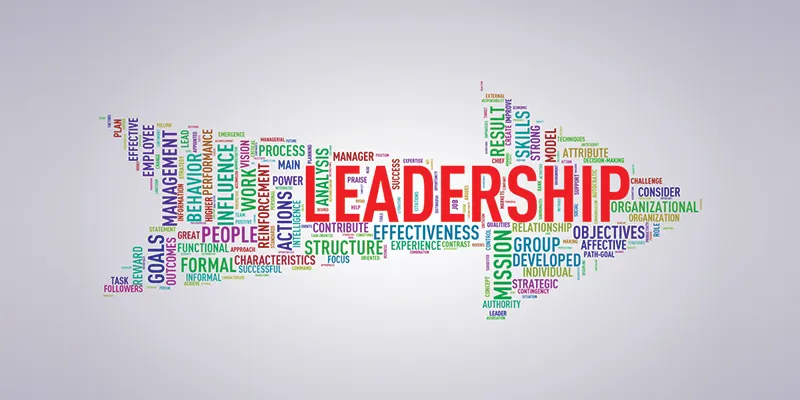
Other cited leaders are Rye Barcott (harmony between disparate groups in Kenya, US), Kees Kruythoff (sustainability at Unilever), Tim Walsh (US Bank calling customers to offer help during the pandemic), and Hubert Joly (turning around Best Buy). Some of these leaders carried on their core activities across multiple companies, industries and sectors.
Leaders also need to mentor and coach their employees, which the authors aptly describe in acronym form as COACH (care, organise, align, challenge, help). Engaged leaders are involved with their employees neither too little nor too much.
Active listening is key here. “Active listening is one of leaders’ most important abilities, because people sense they are genuinely interested in them,” the authors explain.
Examples include Mary Barra (promoting a “Speak up for Safety” culture at GM), Alan Mulally (colour-coded project appraisals at Ford), and Jim Whitehurst (promoting experimentation at Red Hat).
Other cited leaders are Robert Reffkin (handwritten thank-you notes at Compass; success visioning; failure catalogues), Anson Dorrance (encouraging competitive spirit to reach full potential), and Marilyn Carlson Nelson (cultivating human capital, not just financial).
“The tricky balance for leaders is to know when to push and when to empathise,” explains Kevin Sharer, former CEO of Amgen, describing the concept of “tough love.”

IV. Navigate today’s challenges
The last section of the book addresses inclusion, leadership during crises, and moral leadership. It focuses on diversity, the COVID-19 pandemic, and private sector leaders taking a stance on public issues.
Many organisations are renewing commitment to diversity, equity and inclusion (DEI), as seen in the aftermath of the Black Lives Matter movement in the US. Diversity and acceptance are necessary but not sufficient, the authors emphasise – accountability, opportunity and belonging matter as well.
Examples include Ursula Burns (Board Diversity Action Alliance), Raheem Beyah (promoting diversity and opportunity at Georgia Tech), Marnita Schroedl (promoting dining table conversations between diverse groups), Mellody Hobson (connecting diversity and results at Ariel Investments), and Murisiku Raifu (affordable healthcare platform for Africa).
“There’s something to learn from everyone,” affirms MayKao Hang, Dean of St. Thomas College of Health, and a Hmong refugee.
The last two decades have been marked by unprecedented crises, many happening at the same time. VUCA need not stand only for volatility, uncertainty, complexity, and ambiguity – it can also represent vision, understanding, courage, and adaptability, the authors creatively describe.
“The COVID-19 pandemic caused people to ask hard questions about their well-being at work and in their lives,” the authors observe.
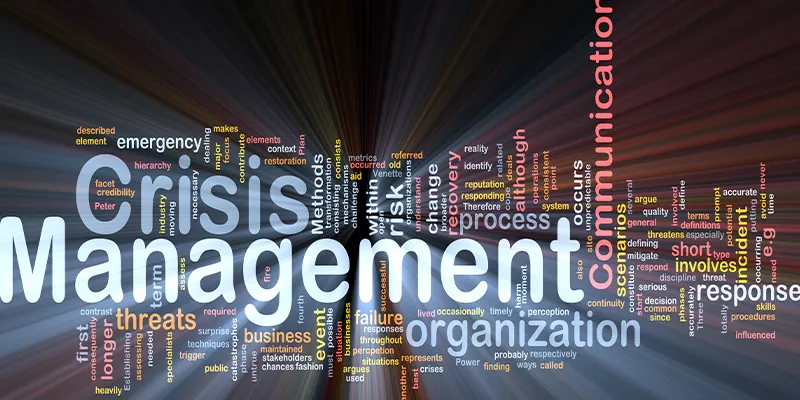
They describe a seven-step approach to crisis management: face reality, find root causes, engage with frontliners, convert crisis to opportunity, prepare for the long haul, follow your True North, and focus on winning.
Examples include Jenn Hyman (adding the cloud model and a resales vertical at Rent the Runway during the pandemic), Howard Schulz (racial-bias training at Starbucks after an unfortunate discrimination incident), and Anne Mulcahy (staving off bankruptcy at Xerox and launching new products).
Other cited leaders are Lloyd Blankfein (Goldman Sachs bouncing back from the 2008 crisis) and Indra Nooyi (adding nutrition groups at PepsiCo, improving marketing).
“In the early stages of a crisis, leaders never know how long it will last, nor do they understand its full implications,” the authors caution.
“Crisis is the real test for every leader,” they add. They advise leaders to envision future crises and how they would respond.
Moral leaders in the business world also go beyond just avoiding harm or doing some good to society–they address some of society’s greatest challenges. But leaders should carefully pick which causes to address or they would lose impact, the authors advise.
Examples include Levi Strauss CEO Chip Bergh. He ensured 12-month healthcare for employees who got laid off during the pandemic store closures. He has also spoken out against gun violence and voting restrictions in the US.
The Business Roundtable advocates stakeholder capitalism instead of shareholder primacy; worker, community and environmental issues are key as well. Many companies pulled out of Russia after its Ukraine invasion.
Salesforce CEO Marc Benioff, inspired after a visit to an Indian ashram, combines capitalism with philanthropy. The company donates 1 percent of its stock, 1 percent of its product, and 1 percent of employee time to volunteerism (the ‘1-1-1’ model). Marc also stood up against Mike Pence’s LGBTQ+ discriminatory law in Indiana.
Other examples are Paul Polman (sustainability at Unilever), Richard Davis (ethical banking and community support at US Bank), and Glen Gunderson (creator of YMCA Equity Innovation Centre).

The road ahead
Over the centuries, leadership has evolved to “hands, heads, hearts,” in the words of Dov Seidman, author of How.
The rise of AI can supplement intelligence, but not replace leadership qualities of the heart such as empathy, passion, courage, values, intuition, and purpose, according to the authors.
“In the post-pandemic world, people insist on working for leaders who focus on their employees’ well-being, addressing vital subjects such as employee engagement, work-life integration, mental health, workplace flexibility, and the social impact of their work,” the authors observe.
“My clarion call is to lead with your heart as well as your head to make this world better for everyone,” Bill George sums up.
YourStory has also published the pocketbook ‘Proverbs and Quotes for Entrepreneurs: A World of Inspiration for Startups’ as a creative and motivational guide for innovators (downloadable as apps here: Apple, Android).

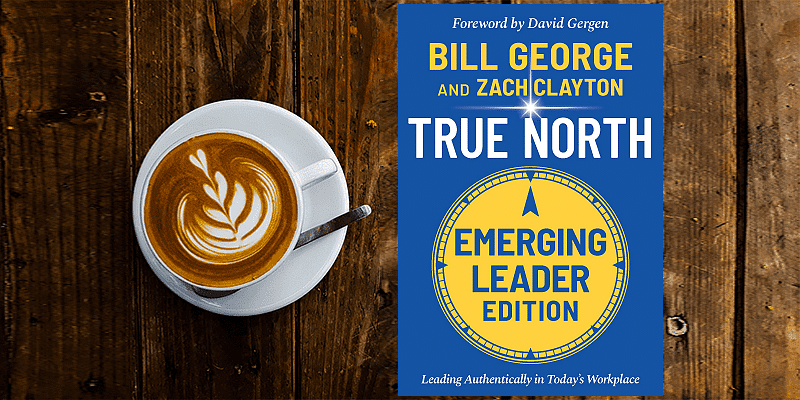

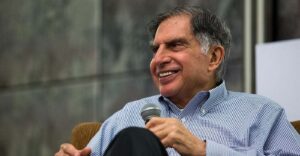
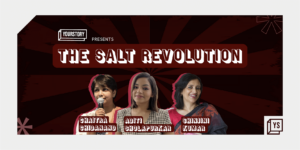

![Read more about the article [Startup Bharat] This B2B aggregator helps FMCG brands increase their rural footprint](https://blog.digitalsevaa.com/wp-content/uploads/2022/01/ImageBranding-Amisha5-1643295633874-300x150.png)



